|
I recently bought two Jinhao pens to add to my collection which now totals nine. I thought now is as good a time as any to wax lyrical about the properties of these cheap but excellent Chinese made pens. Jinhao pens are made by the Shanghai Qiangu Stationery Co.,ltd in China. The company was established in 1988 in Jiangxi Province, but relocated to Shanghai in 2003. The company has two manufacturing factories and employs about 300 workers. And that is about all you can find out about the company as the Jinhao Pens web site no longer exists I bought my first Jinhao in 2014 when I started getting back into Fountain pens. I had just ordered my first TWSBI and saw the Jinhao- thought they were very cheap and therefore I would give them a go. At $10 a pen there isn't much to lose. I was pleasantly surprised and now they are rotated quite frequently through the pens I use. I suspect many people dismiss them because they are Chinese and cheap but for the price they are amazing pens, worth every dollar spent. Like Lamy they are becoming ubiquitous and can be found everywhere usually retailing for about $10 whether American, NZ or Australian dollars, for once a pen is cheaper in Australasia than the USA. A great blog about the Chinese ability to make cheap pens can be read here. The ink I tried to use to test all the pens for this blog is a TAG ink from Kyoto, these inks are sometimes also listed as kyo-iro or kyo-no-oto inks. The colour is Hushimi no Shyunuri - red flames. It is a brick-red with some nice shading, red ink is not my thing but I had a bottle sent to me by a friend. Ink properties are commented on when testing the pens. These inks are available from Pen Classics at $NZ39.99 for 40ml. They can also be obtained from Bookbinders and the Deskbandit in Australia for $AUD36.90 and $AUD32 respectively. My first Jinhao was a black 750. Like most of the bigger Jinhao pens it comes with a #6 stainless steel nib. The #6 is the same size as the nib in a TWSBI Vac700 (the #5 is equivalent to the nib in a 580). Its a fairly substantial nib but then again this is a fairly substantial pen. It is called frosted back and features a matt black body with chrome trim. I like my pens to be on the bigger side and this is just perfect for me. It is well made, looks like it cost more than $10 and is well balanced. I have never tried it posted as its a good size without. 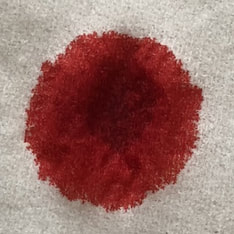 The ink blob just to demonstrate the shading of the ink. The black was soon followed by a white (not matt) pen in which I had the nib ground to a stub and a silver pen with a fude nib.  Unfortunately I couldn't get the TAG ink to flow in the pen with a stub grind and I did not want to tamper with the nib to get ink to flow - it works perfectly with other inks and I like the nib as it is, it does tend to run a bit on the dry side though. The fude nib is difficult and purchased on a whim so it never gets used. The person I bought my pens from closed shop and just before he did he sold stock so I bought more 750 because they were pretty and I love purple, also got another matt black just in case I lost my first one. I don't think either of the two colours shown below are available anymore. The 750 is just such a good pen and I recommend them to everyone as a good workhorse of a pen that you won't be upset about if you lose. Somewhere along the way I also obtained a 159. This is as a friend would say is a 'wee beasty' of a pen. It is based on the Mont Blanc Meisterstuck le grand and I would not recommend it to any one with smaller hands or who liked small pens. The 159 is 150mm with cap (750 is 140mm) and the same as the 750 at 125mm without cap. The maximum barrel diameter is 15mm and 10mm at the point of grip. It has a screw cap, a #6 nib and I would never ever post this pen.
Nearly forgot they all come with a converter and they take universal cartridges.
0 Comments
Leave a Reply. |
Ink Brands
All
|
Proudly powered by Weebly





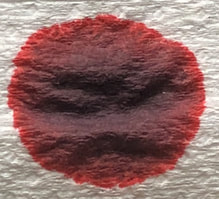

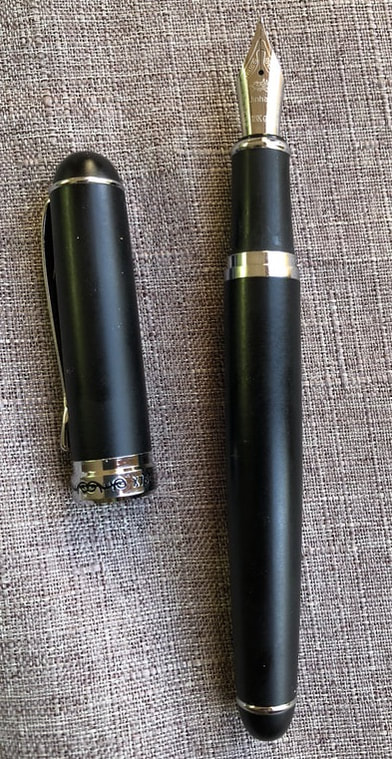
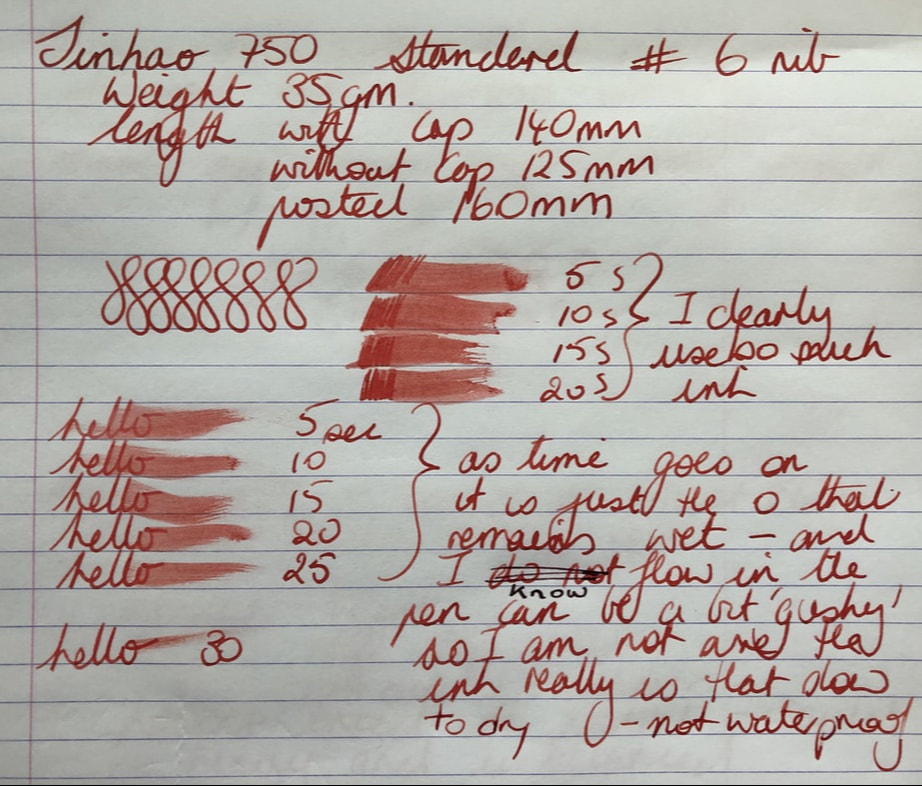

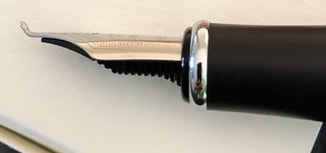
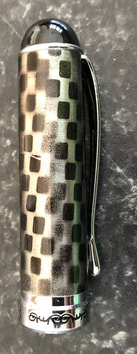
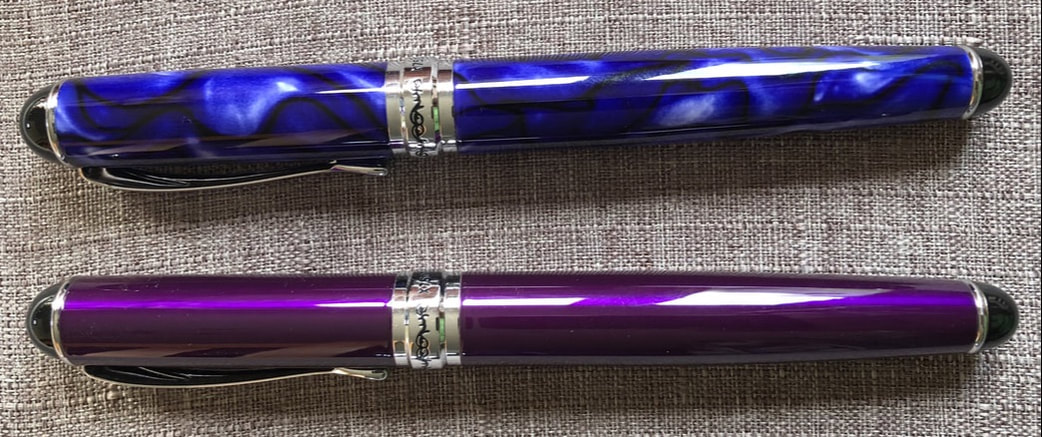




 RSS Feed
RSS Feed